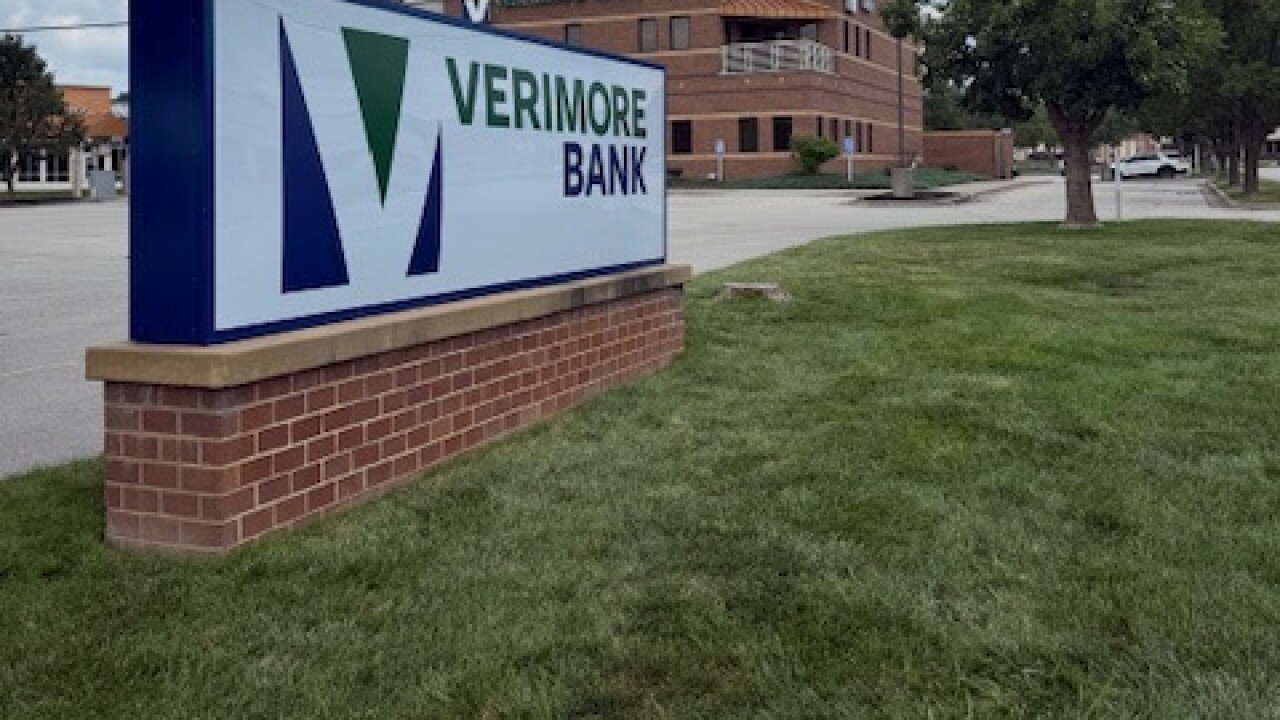EMV card technology has fully replaced traditional magnetic stripe cards in virtually all developed countries except the U.S. In these markets, it's proven to be an effective technology to reduce fraud for card-present transactions, forcing fraudsters to migrate to areas that have not adopted a chip-based payment system.
As the U.S. payment ecosystem executes a smart card migration, it's valuable to look back at how other large economies made the shift and compare how different migration patterns and policies have affected fraud rates around the world. In turn, the lessons learned from these developed countries that have already adopted EMV can be very indicative of what will happen in the U.S.
Europe has been a clear leader in the adoption of EMV. One notable migration took place in the United Kingdom. The U.K. began the process of promoting EMV in 2002 and completed the full roll out in 2006.
Here's how it happened: After several successful trial programs launched in the mid-'90s, APACS (the Association for Payment Clearing Services) — a group of financial institutions and payment companies — introduced a national EMV campaign in 2002, branding the migration effort as "Chip and PIN."
The campaign included the now famous "I (heart) PIN" slogan to educate consumers about the benefits of using this more secure payment technology. This gained serious traction in 2004, and a liability shift was put in place on January 1, 2005. By the end of August 2006, the U.K. reached a near-complete migration (99.8% of chip transactions were PIN-verified). Since the migration, fraud losses in the UK have seen a significant decline. Card-present fraud loss has decreased dramatically and has remained low.
This migration is a great example and education for a successful U.S. rollout. One of the key takeaways is the importance of looking beyond the technology. Yes, EMV helps reduce fraud during card-present transactions, but this likely won't happen unless consumers know how to use these cards. The U.K. was successful by focusing on educating consumers with their
In the U.S., there is still a general lack of understanding from both consumers and merchants on how to use a chip card at a POS terminal. Further complicating the confusion is the inconsistent experience of being able to use a chip card at one merchant but not at another because their POS terminal has not been upgraded to accept chip. The U.S. is getting there, but we have a long road ahead of us. It will be some time before all cards have chips, all merchants have upgraded POS systems and all transaction service providers have enabled EMV payment acceptance.
Issuers and merchants alike need to continue to work together to ensure both consumers and cashiers know about chip card technology, how to use it and why it's important. Soon we will all have EMV-enabled chips in the U.S. but if we're going to see these used in a way that has any impact on fraud, we all need to do our part to educate those around us.
Ray Wizbowski is vice president offinancial market for Entrust Datacard.





